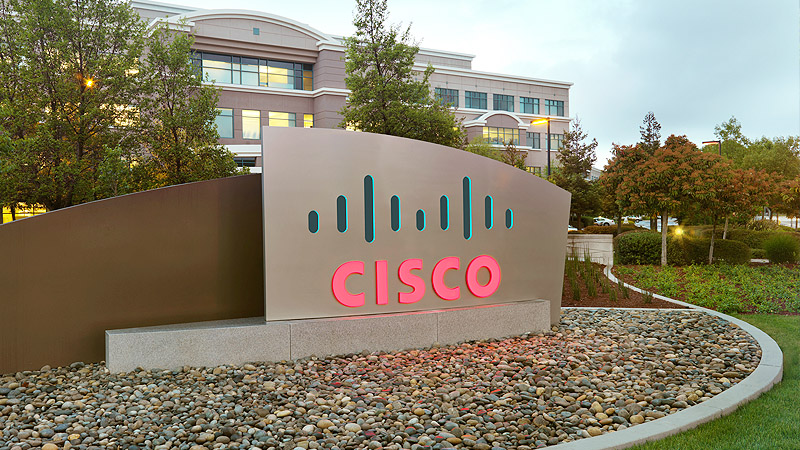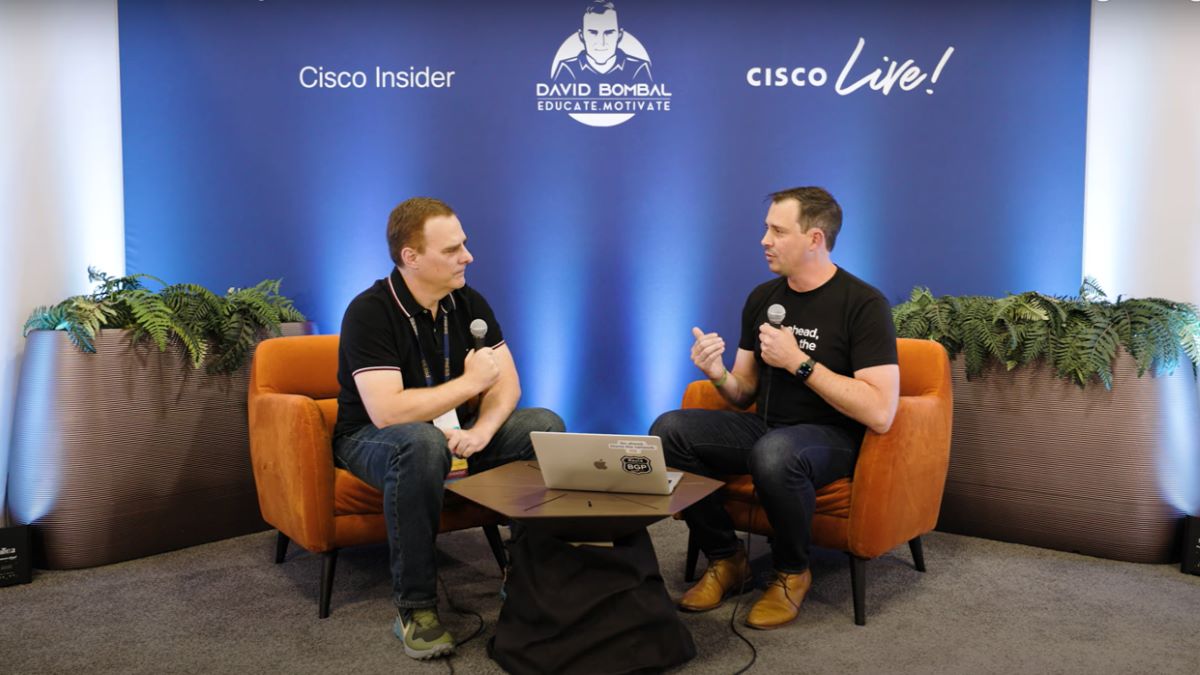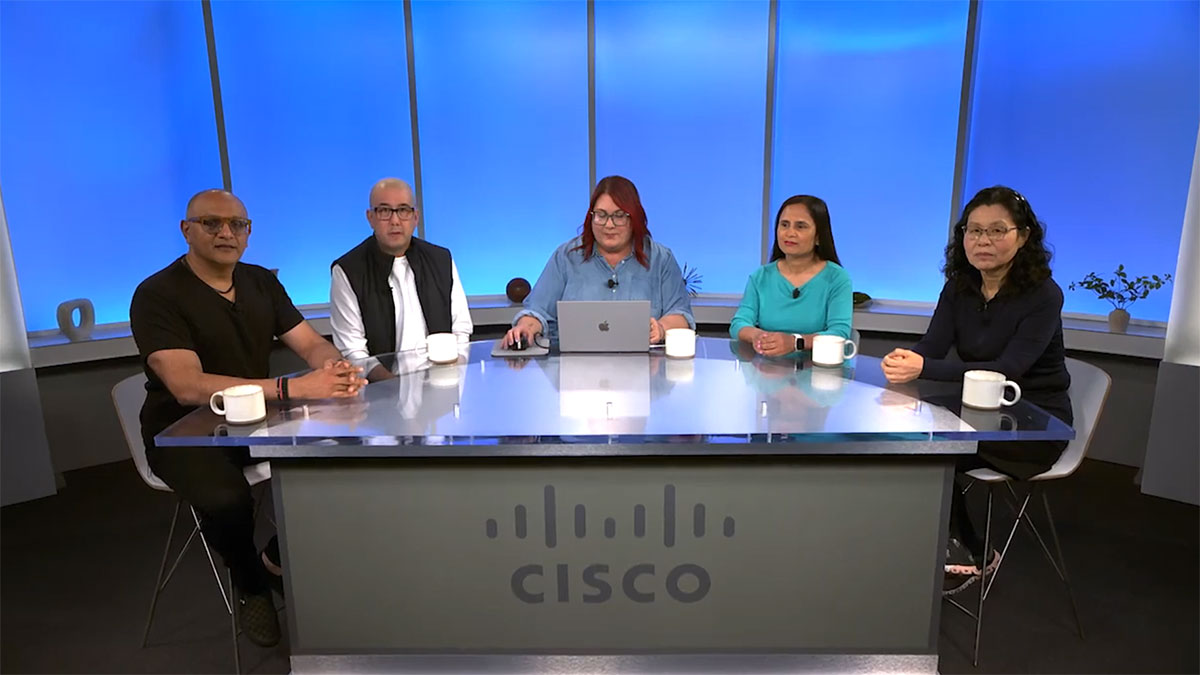SAN JOSE, Calif., September 24, 2013 – With Internet traffic rapidly growing amid new waves of cloud, mobile, video and machine-to-machine applications, Cisco today introduced the Cisco® Network Convergence System (NCS), a network fabric family designed to serve as the foundation of a massively scalable, smarter and more adaptable Internet. Several leading global service providers – including BSkyB (Sky), KDDI and Telstra – are deploying the Cisco NCS to create new revenue streams, simplify operations and deliver exciting personalized experiences to their customers. The system's programmability and virtualization capabilities enable service providers to accelerate the transition to software defined networking (SDN) and network function virtualization (NFV).
The NCS's industry-leading capabilities enable service providers to not only accommodate growing network traffic but also seize the opportunity created by trillions of programmable device-driven events generated by the Internet of Everything (IoE), the networked connection of people, data, processes and things. The IoE requires networks to scale not only bandwidth, but also compute and control functions to manage policies and to program responses with precise results in the expected timeframe. The NCS is designed to facilitate such IoE events, which can be ongoing "conversations" creating strings of interactivity between people, applications and devices, such as wearable health monitors linking with personal information and cloud-based health portals or 4G LTE-connected automobiles signaling that a driver is almost home, prompting the home network to adjust home temperature and lighting.
With trillions of new "connected events" predicted to occur over Internet networks in the next decade, service providers have significant monetization opportunities during this timeframe, particularly in certain vertical markets, such as healthcare ($174 billion), manufacturing ($284 billion), and smart homes ($850 billion) (source: Machina Research).
Cisco Network Convergence System: Industry-leading Capabilities
The NCS family, with more than 100 patents, joins the industry-leading Cisco Carrier Routing System (CRS) and Aggregation Services Router (ASR) families and acts as a foundational network fabric to interconnect the architecture, delivering the following benefits:
• Scale: Industry's only system built for petabit scale, capable of supporting trillions of events across a connected fabric. The NCS is capable of transporting the entire Netflix library in less than one second.
• Agility: Industry's first carrier-grade, programmable convergence system designed for advanced virtualization capabilities. The NCS extends, connects, controls and responds to applications, networks and data centers by managing and moving network and compute resources wherever and whenever they are needed across the architecture, in real time.
• Efficiencies: When deployed as part of the Cisco ONE Service Provider Architecture, which embraces and extends SDN/NFV, the Cisco NCS family can help network operators reduce total cost of ownership by 45 percent while consuming 60 percent less power.
The NCS incorporates the following networking industry breakthroughs:
- Industry's Most Scalable and Programmable Silicon: The NCS features the recently announced Cisco nPower™ X1 integrated network processor, which is also used in the CRS-X and provides new levels of performance and bandwidth. With 4 billion transistors on a single chip, the nPower X1 implementation achieves unprecedented levels of performance, functionality, programmability and scale for a network processor.
- Intelligent Convergence for Optimization and Simplification: The Cisco NCS converges IP and optical networks and is designed to seamlessly integrate with the Cisco Unified Computing System™ (Cisco UCS®) and the Dynamic Fabric Automation capabilities supported by Cisco's data center innovations. This convergence capability enables the NCS to act as a flexible foundational network fabric for an evolved programmable network, able to shift and redirect data center, core, edge and optical resources spontaneously and in real time, allowing service providers to accelerate service velocity while reducing overall complexity and operating costs.
- Advanced Virtualization Capabilities: The NCS's element, system and architectural virtualization capabilities converge to enable the system to orchestrate services and resources across disparate physical, virtual and geographical elements as if they are part of a single unified system using Cisco Prime™ and Cisco Quantum™ solutions. The system's advanced virtualization features enable service providers to elastically scale up and down both network and compute resources, utilizing scalable multichassis configurations that can be managed as a single entity. If system scale is exceeded in one part of the network, the NCS moves control plane functions onto UCS servers in the data center, creating virtually unlimited control plane scale by capitalizing on the blade servers' best-in-class processing. Service providers can scale and repurpose their infrastructures rapidly to meet the demands of dynamic IoE services. Additionally, architecture virtualization allows the NCS to utilize the capabilities of distributed Network Function Virtualization (NFV), UCS, and more, to enable automated cross domain orchestration of functions and placement of services virtually, anywhere they are needed.
Architectural Approach for Simplified Operations
The Cisco NCS family consists of three key components that can be managed as a single integrated system for business agility and simplified operations:
- NCS 6000 is shipping today with the industry's first 1 Tbps line card and the capability of transporting up to 5 Tbps per slot and 1.2 Pbps per system, to support a converged IP and optical environment.
- NCS 4000, which will be available in the first half of 2014, will support 400 Gbps per slot and 6.4 Terabits per system and be available in single, back-to-back, and multi-chassis configurations. It will also support optical transport network (OTN), dense wavelength division multiplexing (DWDM), SONET and Ethernet applications.
- NCS 2000, shipping today, connects DWDM transport networks at rates of 100 Gbps and beyond and supports dynamic network configurability with 96-channel, next-generation intelligent ROADM capabilities.
Executive Quotes
Surya Panditi, SVP and GM, Cisco's Service Provider Networking Group
"The Cisco NCS was engineered with the programmability, intelligence and scalability to meet the demands of today and tomorrow. The NCS delivers an evolved programmable network that will enable service providers to generate new revenue streams and business models, while delivering exciting new experiences to their customers."
Yoshiharu Shimatani, Senior Vice President and Director, KDDI
"Today, video, voice, and everything are running over the IP backbone infrastructure, with mobile and fixed lines. The Internet as we know it is at a crossroads, as the impact of not only human-driven but machine-driven events changes network dynamics and imposes entirely new service requirements. Managing bandwidth alone is no longer enough, as Internet transactions communicate at machine speeds. KDDI believes the Cisco NCS is the foundation for a new generation of Internet networks that will allow us to offer our consumer and business customers the newest and most exciting Internet experiences at a very low total cost of ownership."
Laurent Lavallee, Head of Network Strategy and Architecture, Sky
"Sky is the UK's favorite ‘triple-play' provider of TV, broadband and home telephony. At the same time, we're a leader in internet TV, operating the UK's largest on-demand service, as well as innovative over-the-top video services like Sky Go and NOW TV. As a result, we understand exactly how customers are embracing the internet to access video content, and it's why we built our broadband network with video delivery in mind. But to maintain our leadership, and continue to be the best network over which to access video, we need to ensure we can keep well ahead of demand. The work that we are doing with Cisco and the deployment of Cisco NCS will enable us to expand our capacity and intelligence in the network to be able to keep meeting the evolving needs of our customers."
Mike Wright, Executive Director, Networks, Telstra
"More than seven years ago, Telstra partnered with Cisco to deploy the Carrier-Routing System (CRS) platform. Today, we are evolving this core routing platform to the Cisco Network Convergence System to leverage its new levels of scalability, virtualization and resilience. This network evolution will help us to continue to have Australia's largest and most reliable IP and 3G/4G wireless network. A network with the intelligence and adaptability to manage the hyper-growth in video, the continued adoption of smart phones, and the industry shift to cloud-based services."
Embedded Multimedia
- Photograph: Cisco Network Convergence System family (NCS)
- Video: Surya Panditi, SVP and GM, Cisco's Service Provider Networking Group
- Video: Mike Wright, Director of Networks at Telstra talks about delivering IoE with Cisco NCS 6000
- Video: Cisco NCS –Workload/Capacity
Supporting Resources
·Join the Twitter, Facebook, and Instagram conversation using hashtag #SystemForIoE
- Cisco Network Convergence System information
- [Video] Mike Wright, Director of Networks at Telstra talks about delivering IoE with Cisco NCS 6000
- NCS overview video featuring Surya Panditi, SVP and GM, Cisco's Service Provider Networking Group
- NCS 2000 Data Sheet
- NCS 4000 Data Sheet
- NCS 6000 Data Sheet
- ACG Analyst Assessment on Cisco NCS
- [Social Media Video] Cisco NCS –Workload/Capacity
- [Social Media Video] Cisco NCS –Speed
- [Social Media Video] Cisco NCS –Intelligence
- To access b-roll, visit: Cisco's Online Press Room and follow username and password instructions (Folder Name: PR; File Name: Cisco Network Convergence System B-roll).
Tags: Cisco Network Convergence System, NCS, Cisco, Cisco NCS, Cisco nPower™ Network Processor, CPAK, CRS, ASR
RSS Feed for Cisco: http://newsroom.cisco.com/dlls/rss.html
About Cisco
Cisco (NASDAQ: CSCO) is the worldwide leader in IT that helps companies seize the opportunities of tomorrow by proving that amazing things can happen when you connect the previously unconnected. For ongoing news, please go to http://thenetwork.cisco.com.
# # #
Cisco and the Cisco logo are trademarks or registered trademarks of Cisco and/or its affiliates in the U.S. and other countries. A listing of Cisco's trademarks can be found at www.cisco.com/go/trademarks. Third-party trademarks mentioned are the property of their respective owners. The use of the word partner does not imply a partnership relationship between Cisco and any other company.









